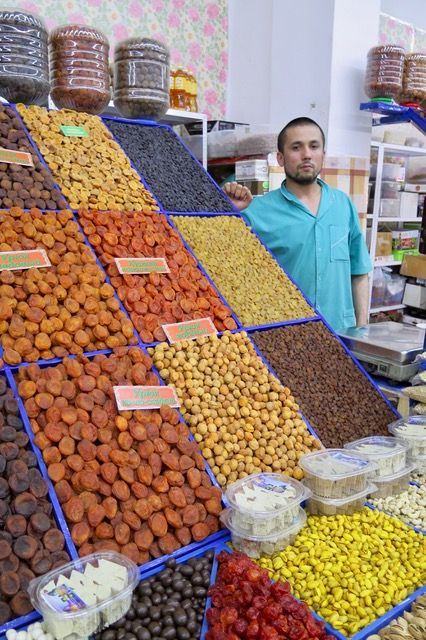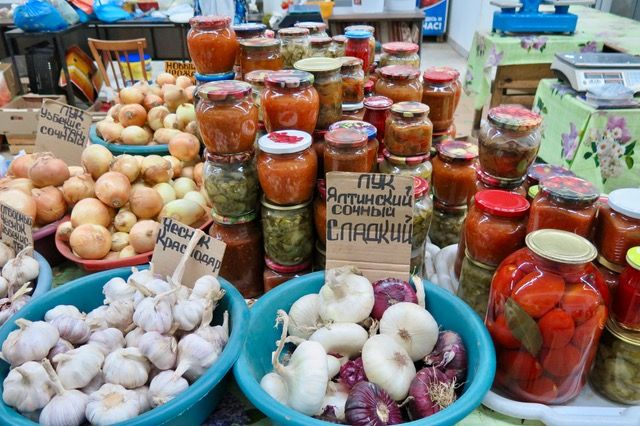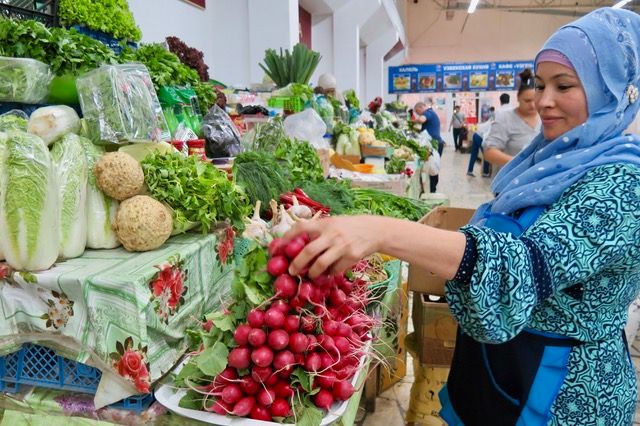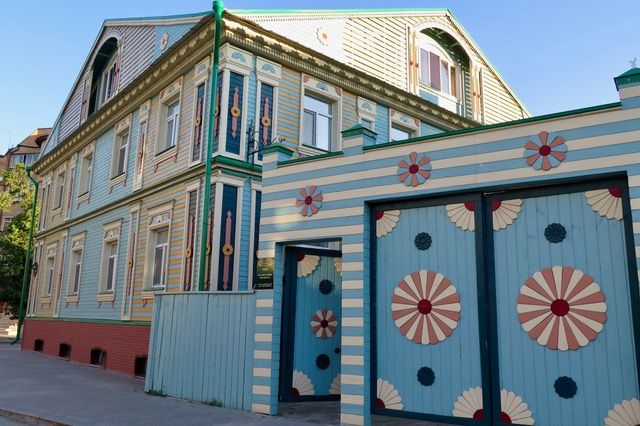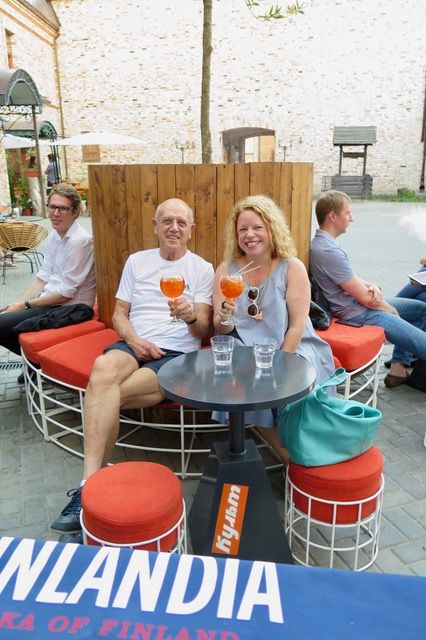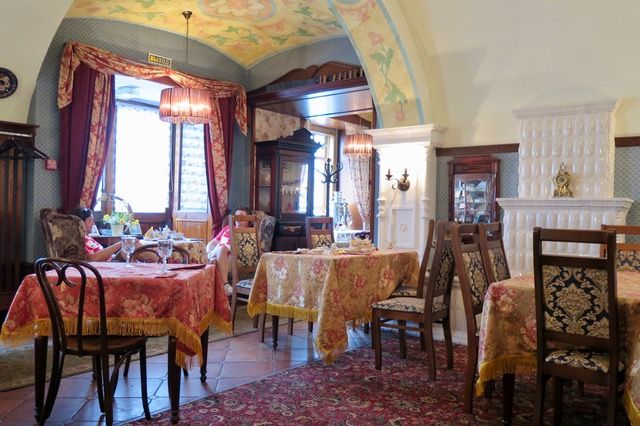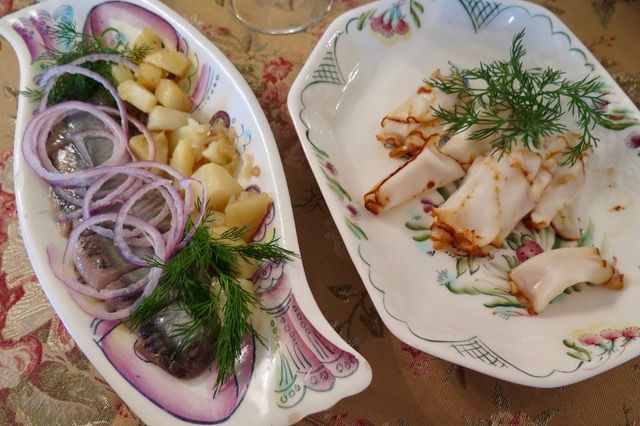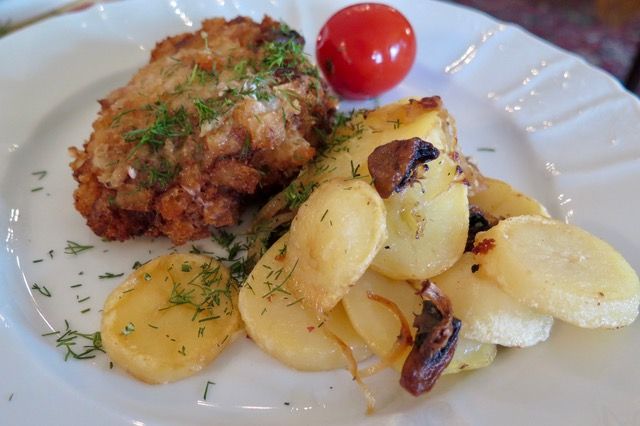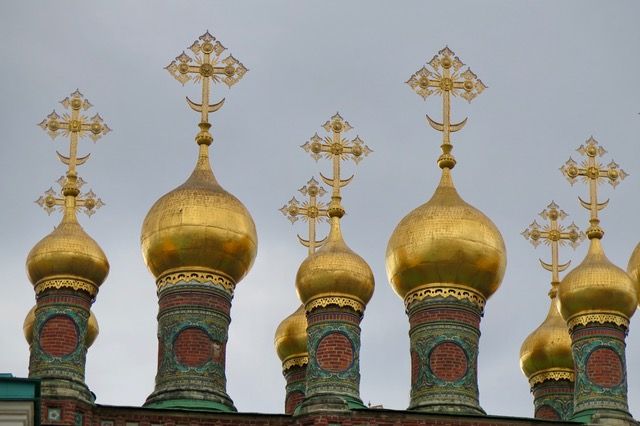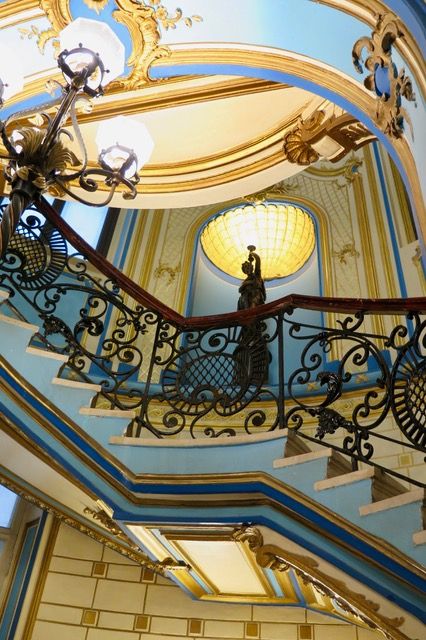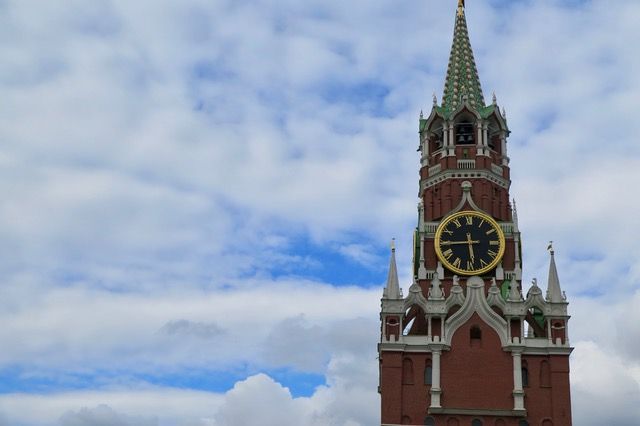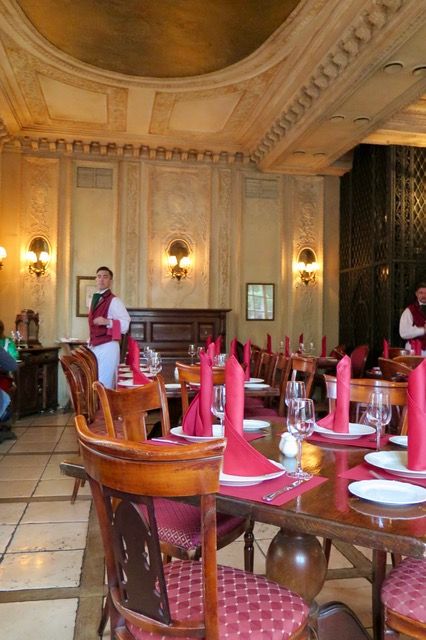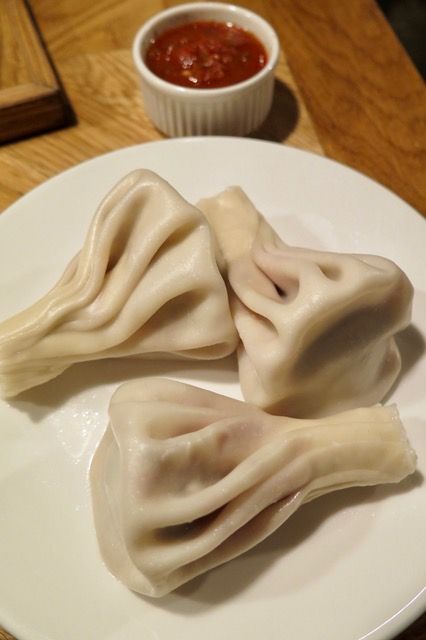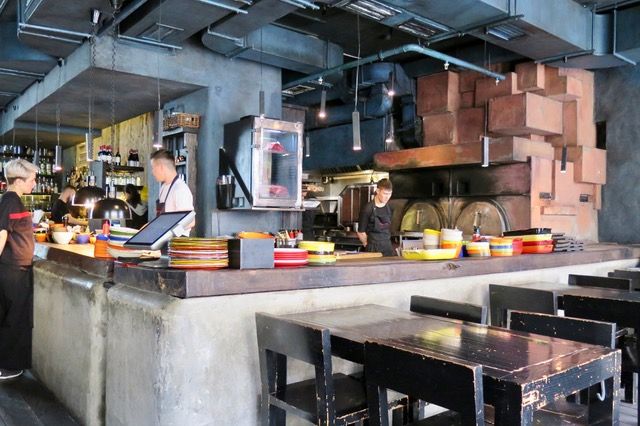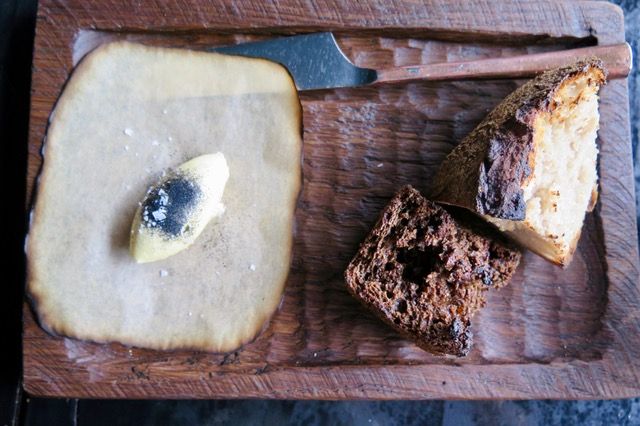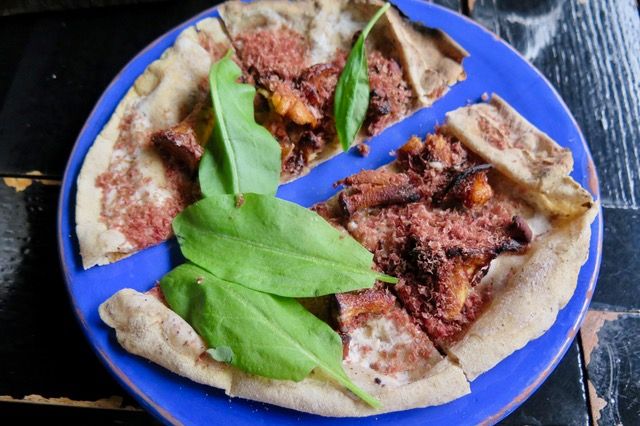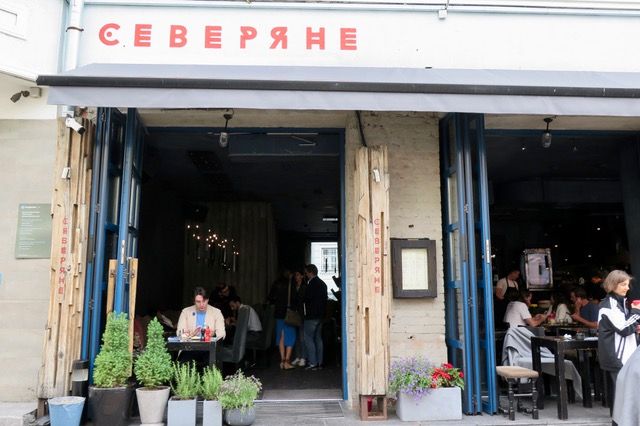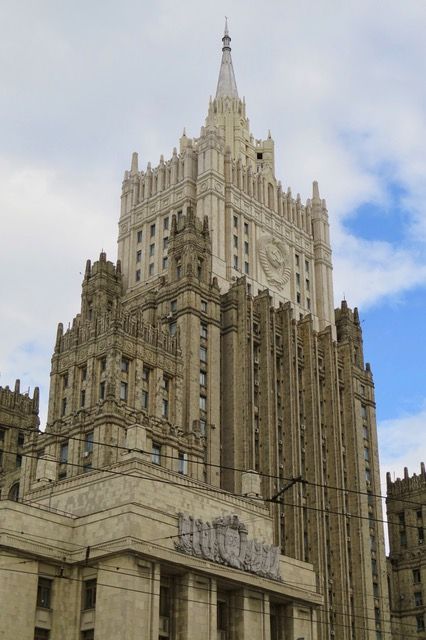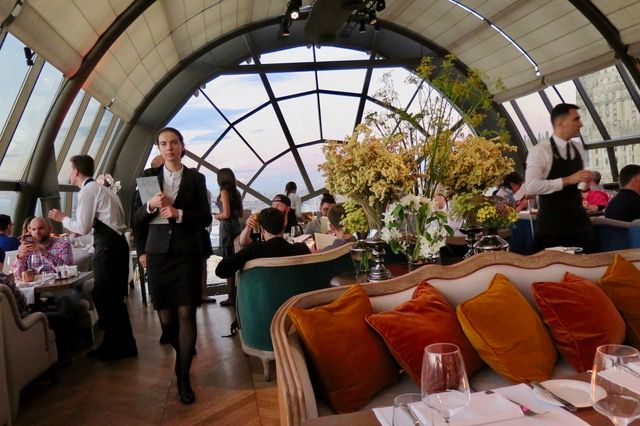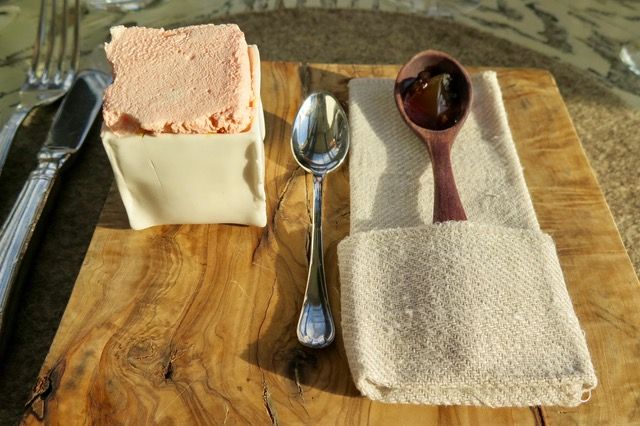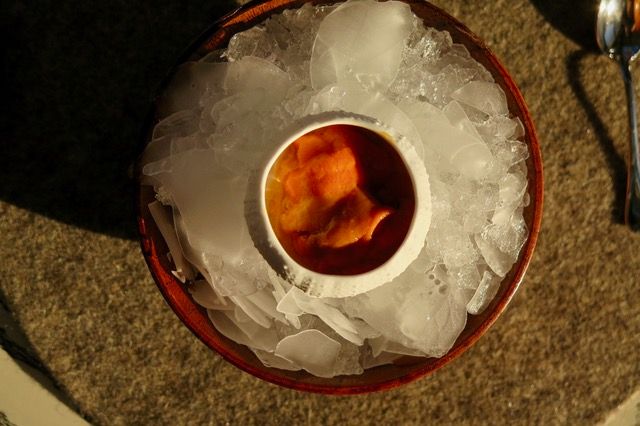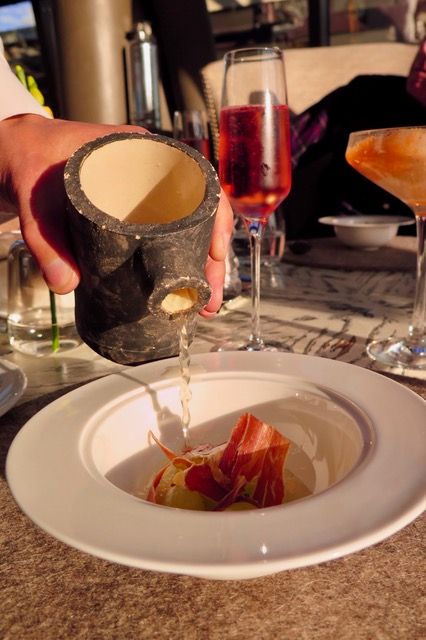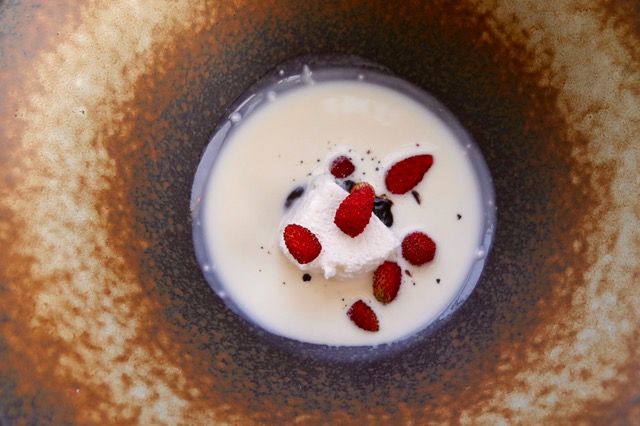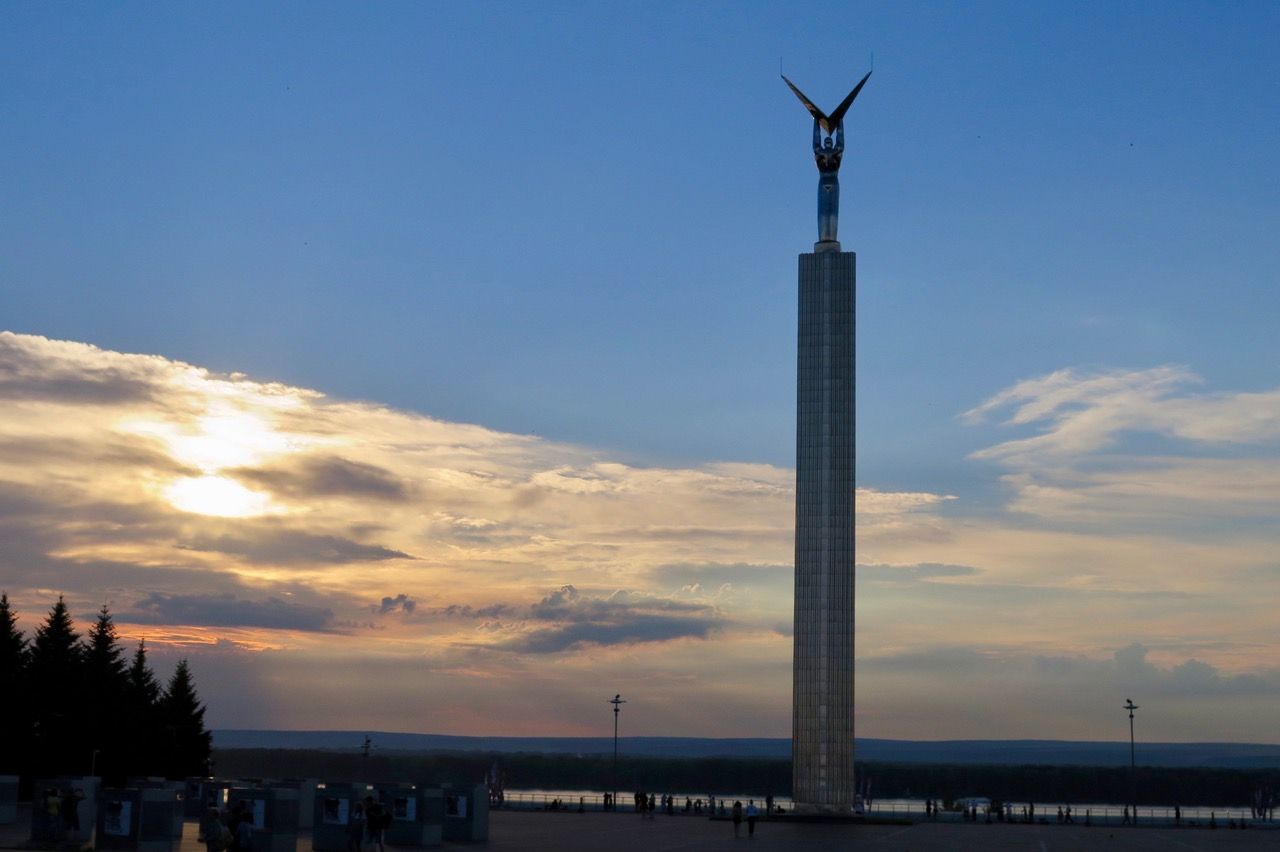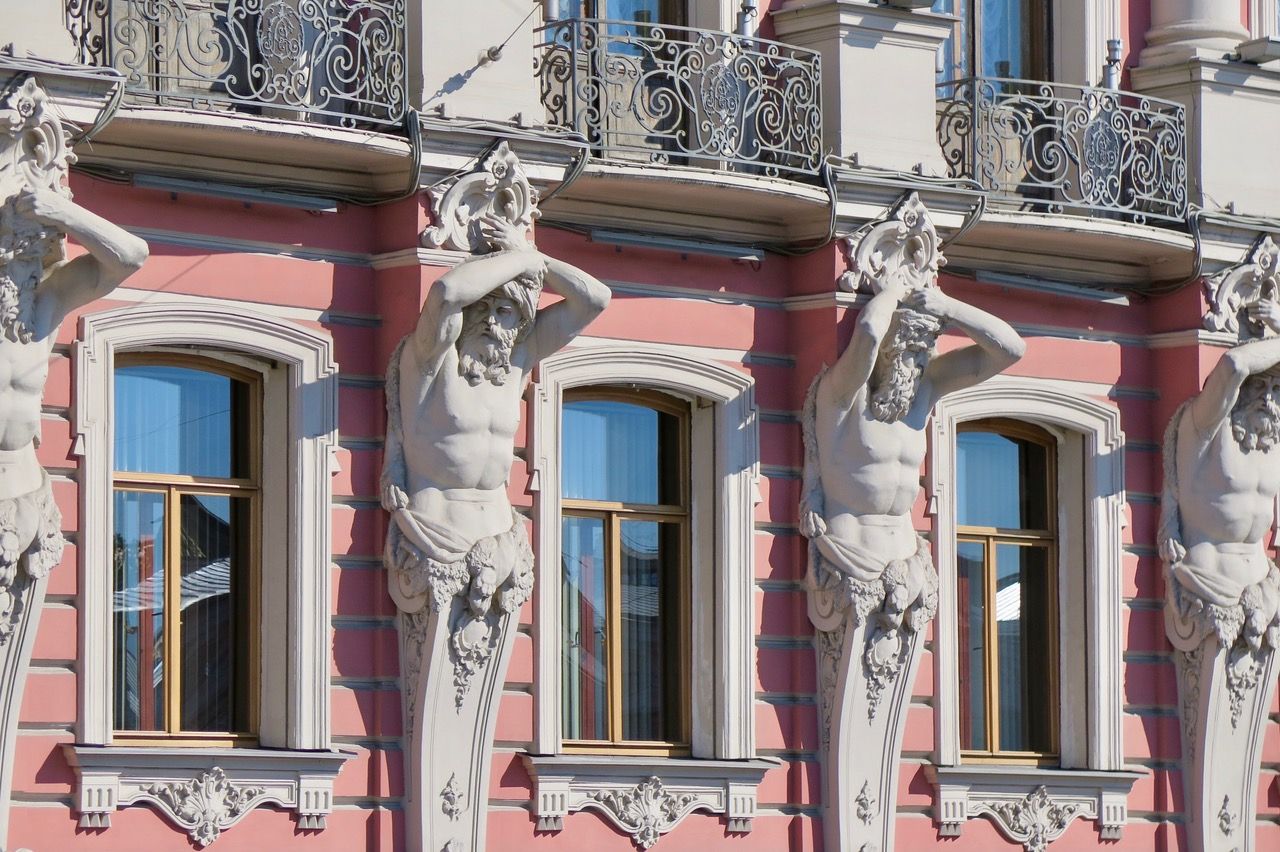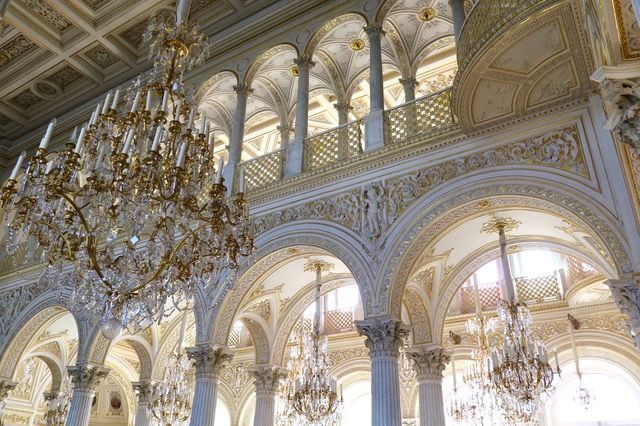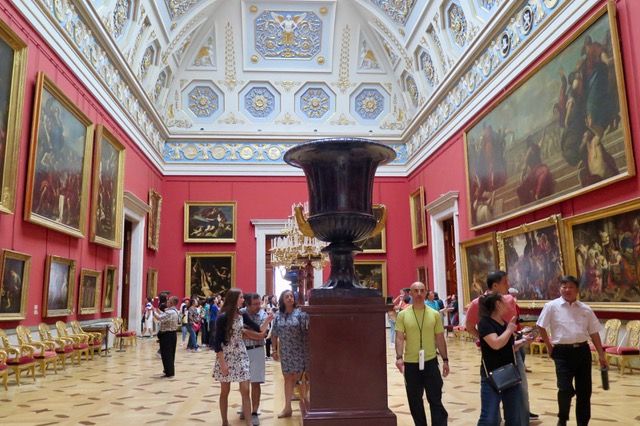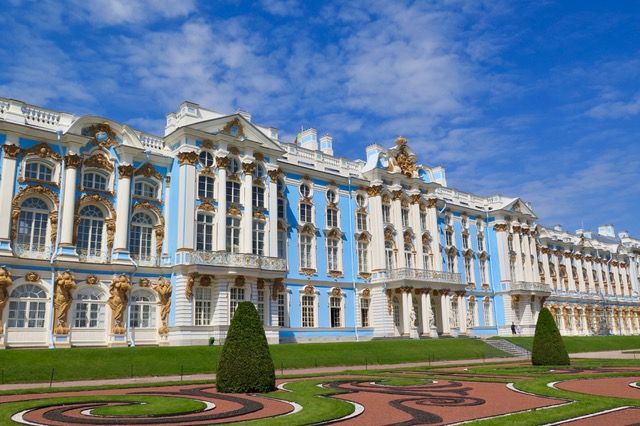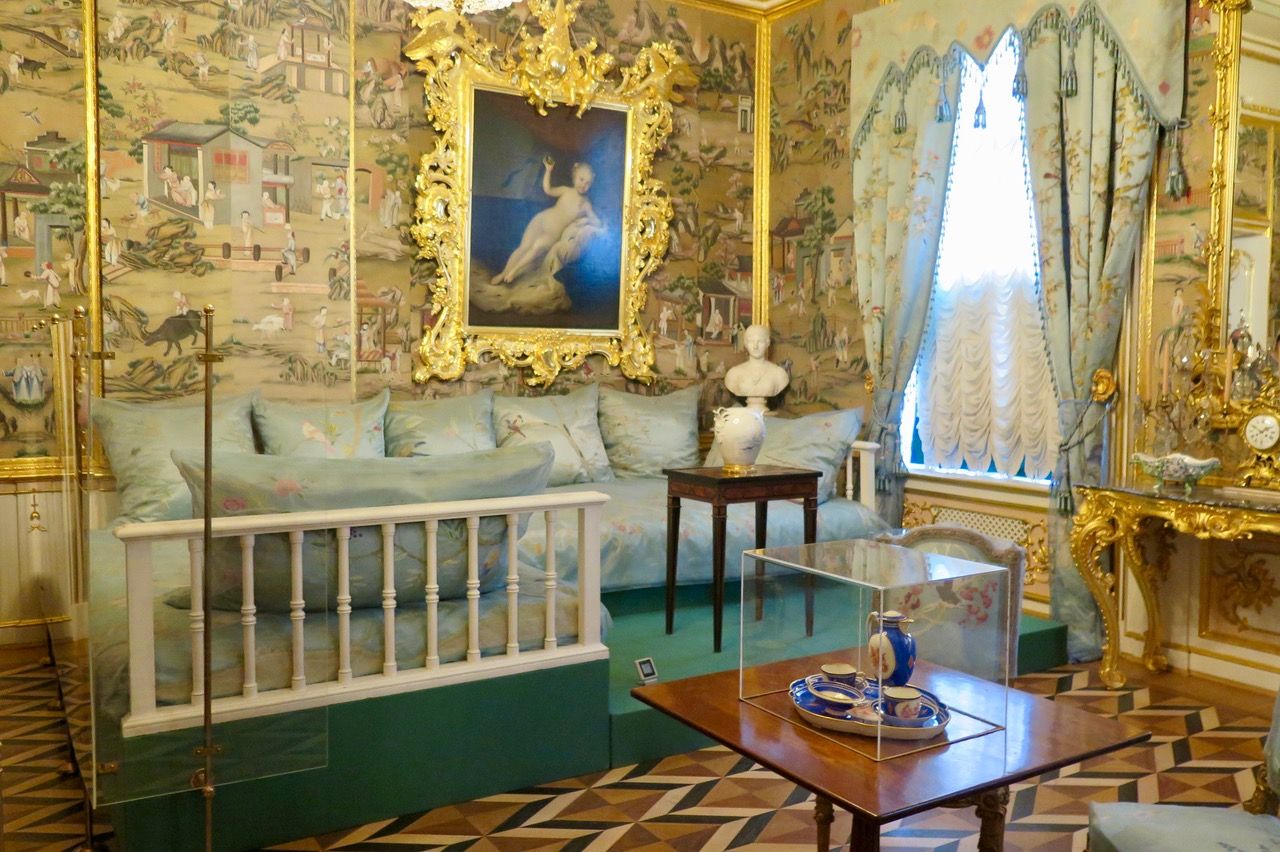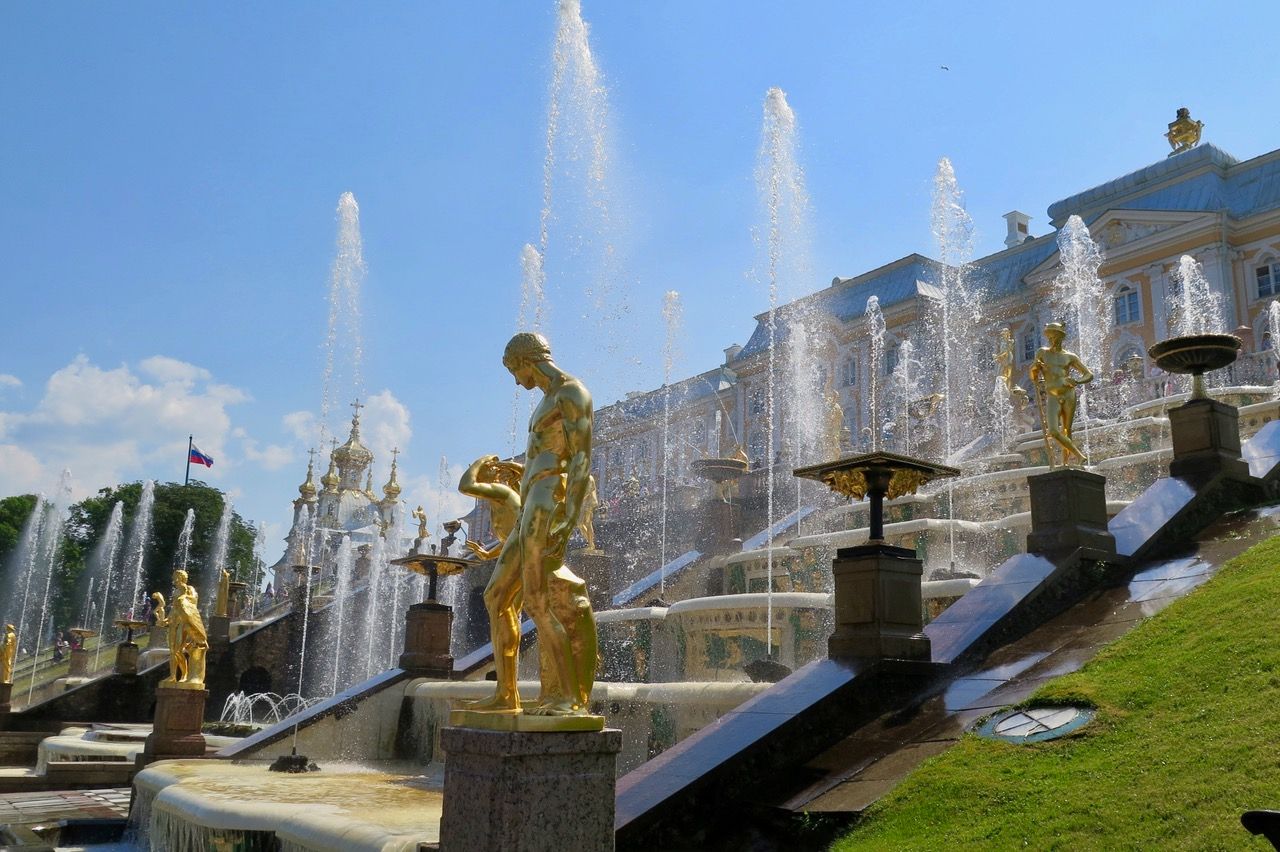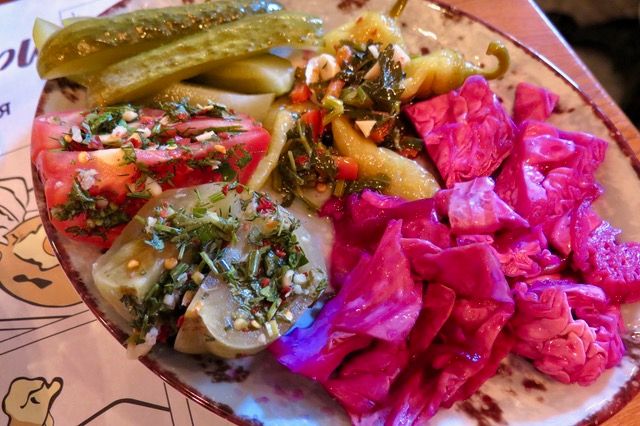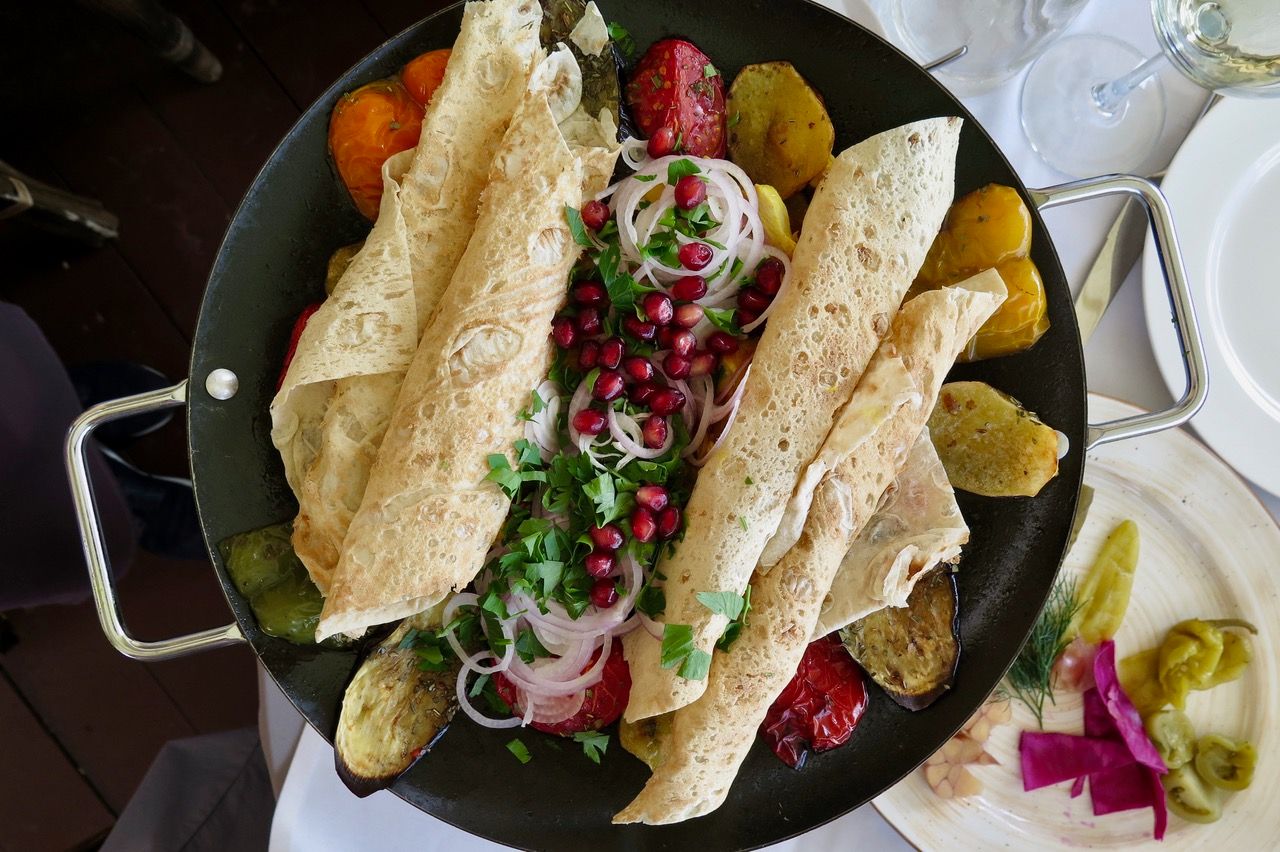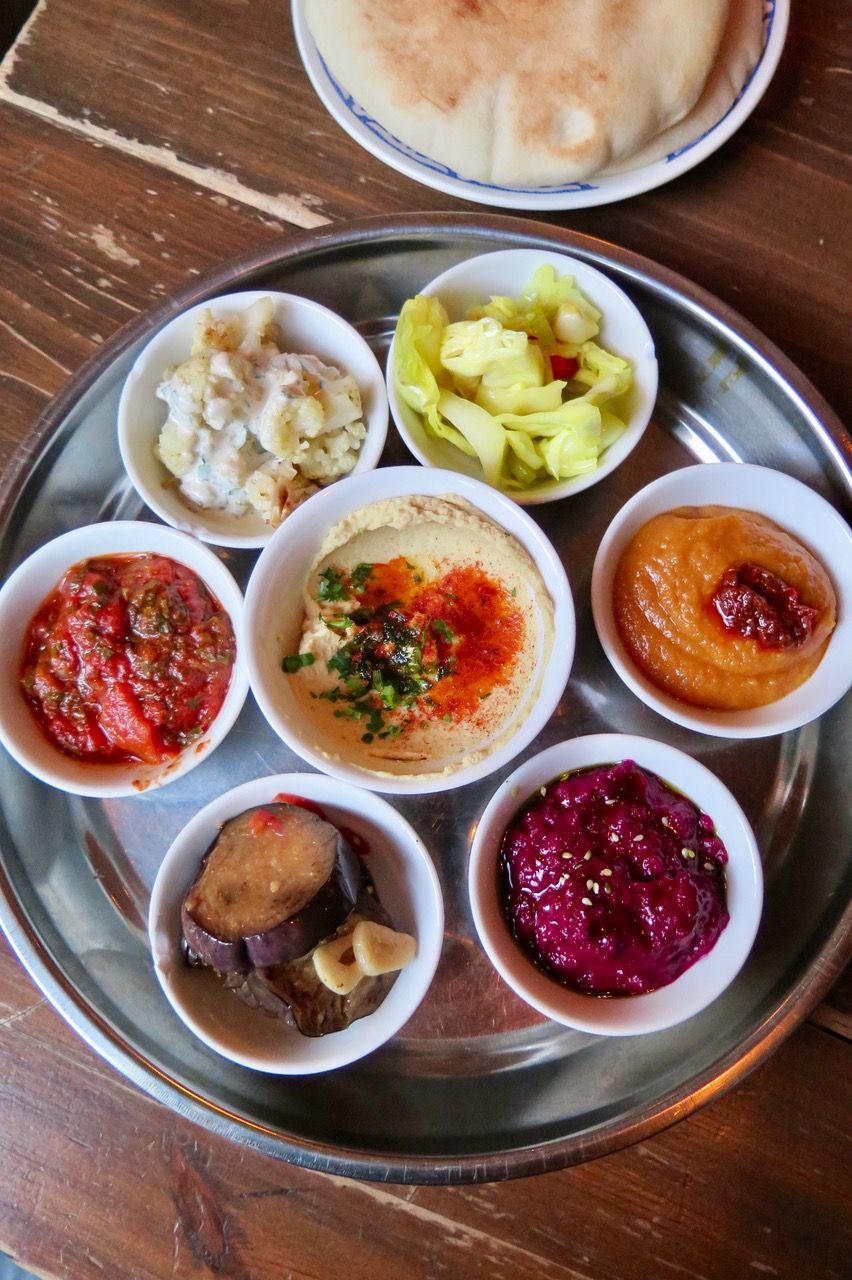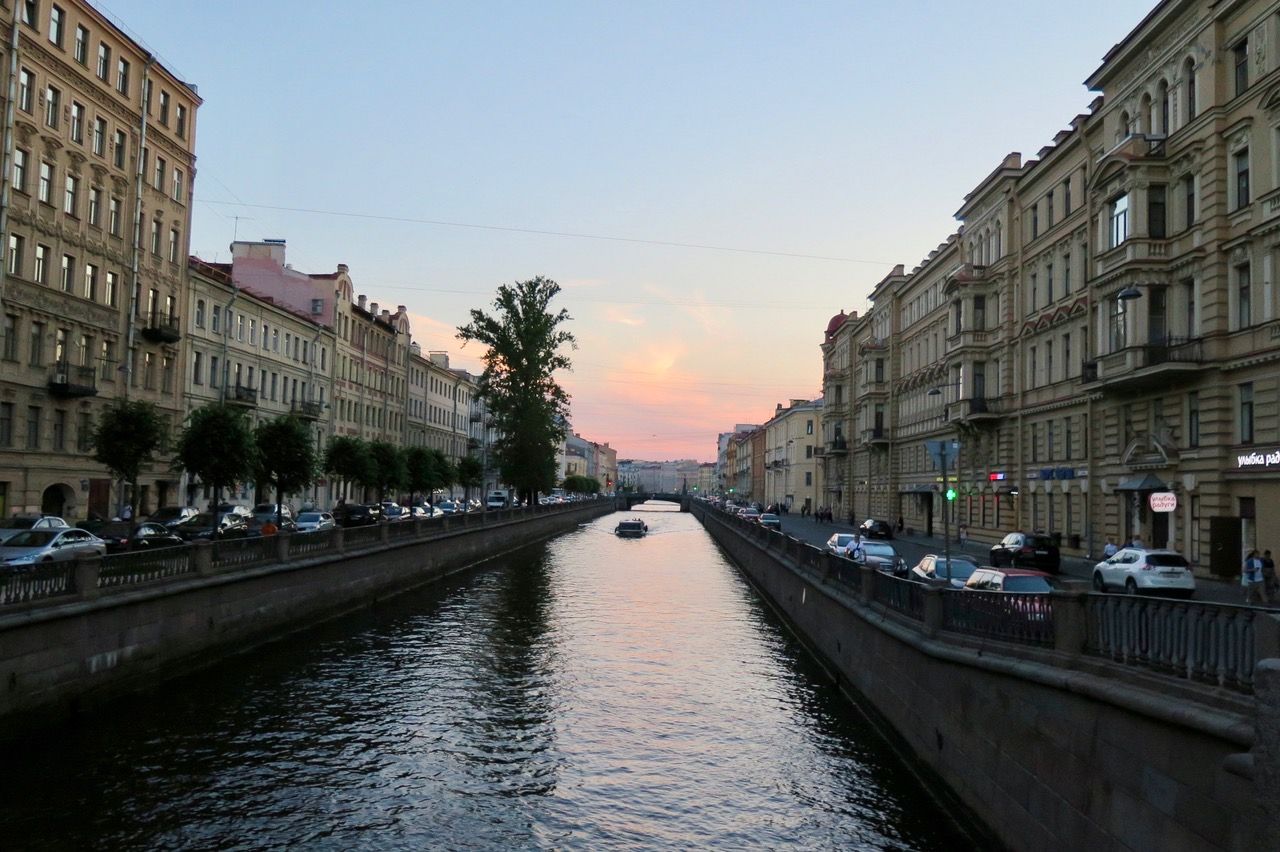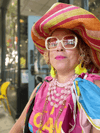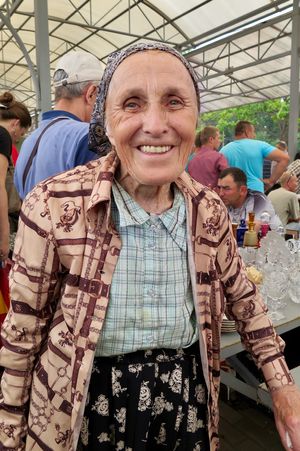When I told friends I was heading to Russia this summer, the response I kept receiving was “Ugh, why?” or “Um, now?” or “Really, aren’t you worried?” Friends started sending me “how to keep from getting hacked in Russia” articles. With everything happening between our government and Russia, honestly, I wasn’t as excited about the trip, as, say, a trip to Finland, or even Poland. It felt daunting. But when you’re going to Russia for your very first World Cup with your father, and it’s his seventh World Cup (yes, he is a super-tifoso), well, that significantly dials up the excitement factor. This was going to be an adventure of a lifetime.
You know one thing I learned? That no matter how awful someone in power is, along with their horrid practices and policies, it doesn’t have much to do with who a country’s people are and what they are about. (I’m talking about both sides here, to be clear.) I would tell people we were from California, and wait to see what their response was—all we ever heard was “America!” and then usually: “So far away!” I didn’t expect to feel like such a novelty, but we were, especially outside of Moscow and St. Petersburg.
Over our three weeks in Russia, time and time again, we were so utterly touched by the warmth and kindness of so many people we encountered. The Russians charmed the hell out of me.
It’s funny, I learned that the first impression you may have of some Russians is that they are cold, abrasive, or prickly, or that they dislike you (I couldn’t believe the death stare I’d sometimes receive—stone cold). But then, if you were to keep interacting, there could arrive a moment when that first mask would drop and you’d get to see a little more of the person. Maybe a flicker of a smile. (Although it’s always in the eyes.) Ah, I get it.
Some folks, forget it, they were the toughest nuts, so all you could do was laugh—they were not going to give an inch, help you, or be nice. I learned quickly to not take it personally—it’s not you, it’s them. Look, these people have suffered—they have some really rough history, you’ll see it in monuments to loss everywhere, and everyone has been touched by hard times in their recent family history. If someone wanted to cut in line, whatever, let them cut. It’s how they were taught to navigate the world, to be tough, to survive, and many still hang onto that pushy and hard mentality, especially the babushkas. I realized, in California, it’s my own personal luxury to be smiley and positive and upbeat. Lucky me.
The mask drop kept happening time and again: the server who couldn’t be bothered with us in the beginning of our meal, at the end plucks a Gerbera daisy out of a vase as we’re leaving and hands it to me. (It was so disarming, I was a puddle.) Or the Uber driver who communicated with us using Google Translate on the hour-long ride to the Samara airport, asking all kinds of questions and telling us proudly about his children, and at the end of the conversation, says, “I really enjoyed this ride and conversation with you both.” And we got a hug at the end. Russians, why so cute?!
Our American-ness ended up perhaps bringing us closer to people, maybe more than how they could be with their own kind. Women in grocery stores were especially helpful, and it happened three separate times: they’d see me looking quizzically at packages of things that didn’t have a single word in English. (Let me tell you, Cyrillic is TOUGH and exhausting. Brush up on the Greek alphabet before you go, it helps to decipher a lot of those strange words that are everywhere.) “May I help you?” “Da, sbasiba, I was wondering if this is cream cheese?” “Yes, and a very good one.” Well, thank you very much. I mean, when have you last offered unsolicited help to a stranger in a grocery store? It just kept happening.
I have to do a special shout-out to Google Translate—it was unexpected to see so many cab drivers and people at hotels and restaurants take their phone out to have you speak into it. It helped me daily.
But it did more than that. At the huge flea market outside of St. Petersburg (Udelnaya Fair), I was buying a vintage hand-stitched table runner from a woman, and after our bargaining vis-à-vis her calculator, I spoke into Google Translate and said, “Thank you, this will be a lovely memento of my trip to Russia,” just so the vendor knew how much I really loved it. She read the Russian translation on my phone, smiled, squeezed my hand and made a gesture for me to wait—after digging into bags behind her table, she produced a small matryoshka doll that she pressed into my hand. Awww! (Melt. Again.) Technology is funny that way—while we would have possibly shared a smile without the app, I also would not have had that deep of a quick connection with her. That’s the stuff.
Ah, but technology was also our enemy. Planning the trip was officially a logistics nightmare. We had tickets for World Cup matches all over Russia (Moscow, St. Petersburg, Kazan, Samara, Nizhny Novgorod), but let’s just say those lesser-known cities you have probably never heard of didn’t quite have the infrastructure to handle the millions of people looking to buy flights, train tickets, and find lodging (some of the ugliest, saddest, beige-est rooms in the world were on Airbnb for $200 a night).
If you could even book anything: every time we used a credit card online, there would be an issue with processing, usually the Russian company declining the transaction. Excuse me, I’d like to just buy a train ticket, pozhaluysta (pllllllease)? Thank gawd for Facebook Messenger, you won’t believe how many airlines and rail companies I had to contact to get help. Just try calling! Hilarious—they’d hear three words of English and hang up on me. One airline “service” rep actually suggested I find someone with a credit card in Europe to make the transaction for me. In order to verify our credit card, another had us cut out pieces of paper to cover the numbers in the middle of our credit card and then send a picture (“Don’t cover the numbers with an editing tool. It has to be paper.”). Yeah, we were off to the races.
By the time we arrived in Russia, I had not just one but both of my eyebrows raised. Running, no, actually, full-on sprinting to make our final connecting flight, we learned the handy electronic boarding pass the airline sent us was useless, they needed a paper one. Russia, please! [eyebrows no longer raised but knitted into a look of extreme frustration] And let me tell you, the people who run airport security are just a riot. So fun. (But we made the flight, by the skin of our teeth, oy.)
After a 22-hour journey door-to-door (SFO to Paris to St. Petersburg), we finally arrived in our first city: Kazan, a southwestern Russian city (a university town) in the republic of Tatarstan. It was 3am in the morning, and it felt like dawn—well, because it was. Sunrise was at 4am. Wild. Where’s my sleeping mask…and blackout curtains?
The day before the match, there were people flooding the streets of Kazan from all over the world in their bright soccer jerseys, flags over their shoulders, their Fan I.D.s on lanyards tossed cavalierly around their necks. I loved how quickly you could start talking with fellow fans, sit at tables with them, share a beer—we were all on this kooky adventure together.
The city was spotless, with flowers everywhere and things were shipshape. I’d like to know if this was Kazan’s normal level of cleanliness, or if things were extra-tidy for World Cup, but it seemed like it was its natural state.
The Kazan stadium held almost 43,000 of us for the France-Argentina match. You have never seen fans like the Argentines. So many songs—they have an entire songbook. The fans will sing and sing and SING, at their loudest and proudest, and although they lost, I would still hear Argentines singing songs at future matches throughout the entire Cup, even though they were out. It was like their pride wouldn’t let them be quiet. “We’re still here, we’re Argentine, we are the best, we love our team and country the most!” Ohhhhhh Argentinnnnnnnnnaaaaa.
Highlights from Kazan: the charming and colorful Tatar homes from the late 1800s that looked like they were from a fairy tale, the funky food market full of beautiful herbs and greens and pickled vegetables (I wanted to buy an entire table from the babushka who ran it) along with the men from Kazakhstan selling an enormous array of fruits and nuts, with the sweetest dried apricots, and an amazing hustle game. We tried horse salumi (horse was on quite a few menus) at a groovy little wine bar (Bread and Wine, spelled ХЛЕБ И ВИНО, just to give you an idea of how hard it was to visually translate Cyrillic), and at Tatarskaya Usadba Restaurant, we tried traditional meat-filled Tatar pastries from a wood-fired oven (pochmak and peremyach) and chak-chak honey balls for dessert and little super-sweet pyramids of phyllo strings (talkish kaleve).
We were thrilled to find an outdoor bar (Kult) in the old Tatar quarter that served us perfect Aperol Spritzes after a hot day of walking around. The bartenders were totally into modern and bespoke cocktail-making, with a friendly crowd of locals mixing with a few of us travelers who luckily stumbled across this dream little patio scene.
We had to visit Nizhny Novgorod twice for two separate matches (Croatia-Denmark and France-Uruguay) and it was our toughest city to navigate, with rascal cab drivers charging 10x fares when the city streets were blocked off and they had the only means to cross town. We had an entire pack of them skulking around outside our hotel, smoking and waiting for their next tourist rabbit to come out the building. Everyone had to get their buck.
Our hotel, the Marins Park Hotel, fulfilled its duty in giving us an authentic Soviet experience that was laughable in its crappiness and self-declared four stars (proudly built into its external sign, like they were ever four stars, and gonna be four star forever), complete with threadbare carpet from the 60s, lumpy mattresses with springs that would dig into your back, helpful signage, and an enormous statue of Lenin out front that could successfully blot out an entire sunset with its heft.
We also had a brush-up against obnoxious and ridiculous Russian policing as we were entering the stadium—a pink and fat-faced guard decided my dad’s hat with 30 years’ worth of World Cup pins he has collected was dangerous and didn’t want to let him in with it. (Um, you are selling World Cup pins inside the stadium, gimme a break.) Fortunately, my dad was able to talk to piggy face’s superior, and after a second body search in a separate room, they let him through. Don’t mess with Carmen, or his World Cup hat! Nyet!
You can imagine, security was intense. I felt like I should have tipped the security ladies each time I passed through, it was quite a frisk. But if anyone was going to run a heavily secured World Cup, it would be the Russians. (Which is why the Pussy Riot protest on the pitch at the final was such an affront, huzzah!) But kudos to the Russkis for keeping us all safe at such a huge international event, I can’t imagine what was going on behind the scenes.
Nizhny Novgorod ended up unexpectedly providing one of my favorite meals of the three-week trip. A Russian friend in the industry here in SF recommended this restaurant from his hometown, Pyatkin, and it was like stepping into a cozy turn-of-the-century tea parlor, with damask tablecloths with tassel fringe, heavy curtains, woven rugs, and female servers forced to wear dresses with aprons and floral ruffly necks whose cotton-poly blend reminded me of my Swensen’s uniform back when I was scooping ice cream in high school. (We saw a bunch of dress-with-apron uniforms on the trip, it was like a time warp.)
Pyatkin also had an English menu, a godsend, so we didn’t miss out on any of the dishes that caught our eye, from bear sausage to salo (imagine Russian lardo with a little paprika) to incredible pickles and slaws, black bread, and their house herring. It was our first experience with rissoles, an artery-clogging delight of a meatball with a fried crouton-y exterior, a magic combination of meat and crunch, served with potatoes on the side, because more is more. Dill sprinkled madly on everything like Californians with cilantro, I was in heaven. They even had some tasty Russian bubbles. And the sweetest service. We loved dining at grandma’s house!
We took a night train to Moscow, and when we arrived, it was grey, and rain was coming. I had a cold, and would like to do a shout-out to the banya (bathhouse) called Sanduny, which officially knocked the cold out of me. It dates back to 1808, and is quite the Baroque palace. It had staggering heat in the sauna, more than I have ever experienced, with an herbaceous and mentholated note to the steam, and women around me getting the birch beatdown. Russians, so tough.
We had to dodge rainstorms and were lucky with the timing of our visits to St. Basil’s Cathedral, the Kremlin, and Red Square. You absolutely must visit the Kremlin Armory Museum—the riches in the museum, from French china to Fabergé eggs to gold placket necklaces embedded with precious gems from Medieval times, wowza, it’s quite a collection (er, not surprising). We got lucky with a scalper who was selling legit tickets outside—if you can, buy your tickets ahead of time, the lines for tickets the day of were Russian bread line long.
We fully enjoyed our Red Square tour with Free Walking Tours Moscow (we also took a tour with them in St. Petersburg)—you get a local (usually a student) who will take you around main monument areas and you pay what you think it’s worth. Both our guides were so educated and passionate for local history, and you’ll meet people from around the world on the tour with you.
Moscow is huge. You will walk and walk. Fortunately, there are massive monuments everywhere to hold your attention, huge monoliths with sickles engraved in marble over the facades, and Stalin’s “Seven Sisters” dotting the cityscape, a Soviet version of skyscrapers that spawned Stalinist Empire as an architectural style. They are jaw-dropping in their scale. And the Moscow metro is such an experience, you feel like you’re taking an escalator to Middle Earth.
We dined at Cafe Pushkin, and it offers a quaint trompe-l’œil experience: you think it has been there for hundreds of years, but it actually opened in 1999. (The building, however, is an older one that dates back to the late 18th century, and it’s a beauty). People love this restaurant, but the faux nostalgia of it reminded me a bit of what Vegas feels like. We enjoyed our smoked fish plate and window seat and Russian classics of pelmeni and more rissoles (heh heh)—overall the food was fine, but not particularly memorable. But I will fondly remember it as the location where I discovered the healing powers of Siberian buckthorn tea with fresh ginger when you have a cold. I’m a convert.
My father and I had lunch at Severyane, and it was such a fascinating spot, with an intense Brutalist look (just look at the wood-fired oven), and innovative dishes (there was this funky primal-meets-sophistication thing to the dishes), and you definitely want to get their breads (and house butter) and anything else coming from the oven. We had plump chanterelles on flatbread, and corn on the cob (Russians love corn, you’ll see it everywhere, even on the street). I wish I could have had a breakfast there as well, the egg dishes baked in the oven sounded so good. Fresh green juice, why thank you.
We had such a fun dinner at Khachapuri, our first Georgian restaurant, and we were hooked immediately. From the fat khinkali dumplings that are like fist-sized xiao long bao, which you pick up by the doughy stem and use like a handle as you bite and slurp the juice out before chomping into the savory lamb filling, to the namesake khachapuri breads with cheese (there were something like 15 different regional kinds), to a beautiful salad loaded with herbs (coriander, parsley, spring onion, beetroot leaves, basil, and tarragon) and plums, with a sauce made from green tkemali, honey, wine vinegar, and hazelnuts. All that, yes please.
And then there are the Georgian pickles (I’m officially obsessed with the tomatoes), and spinach pkhali, tender and lightly cool balls of spinch made with a paste of crushed nuts and spices. We loved the Georgian kick of chile in so many dishes, including the lamb dolmas cooked in tomato sauce…no, this place didn’t end with delicious things to eat. They also win for the most badass translated menu here: it was a binder, packed with so many details. I felt like I was in school with that thing. The restaurant was lively and hip and fricking delicious. Sbasiba!
The culinary pinnacle of our trip was dinner at White Rabbit—we were so fortunate to have a connected Russian friend (not that kind of connected) make the call for us. It’s crucial to watch the Chef’s Table episode on Netflix to fully understand the back story from chef Vladimir Mukhin about Russian cuisine and history that he presents on the plate.
It’s surreal to be dining under a glass dome at the top of a building on the 16th floor, surrounded with such flashy décor, with low-slung dining couches with colorful pillows (for bigger groups), massive floral displays, pillar candles, and a surrounding view of the city that keeps shifting in the evening light. The space wasn’t about luxury per se, nor was it about refinement, it was more playful than that. Theatrical. And the Macallan Whisky Bar downstairs is one of the most over-the-top branded things I have ever seen in a restaurant.
The evolution tasting menu is a must, and while it may seem affordable ($158) by SF standards for the fifteenth best restaurant in the world (as deemed by the Top 50), it’s the wine that’s gonna hurt. The mark-up in Russia is breathtaking. Like the view.
A primary part of the experience is the storytelling that accompanies the dishes and ingredients, thanks to our server, who provided the pinnacle of such thoughtful service, and was ready to do as deep a dive as we wanted. We tasted fantastic and pristine Russian ingredients, from custardy scallops from the Black Sea to wispy plumes of Russian uni brightened with sea buckthorn sorbet (hey, we knew what that was!). While I don’t have a childhood in Russia imprinted on my taste memory, the bright tanginess of the cabbage soup (shchi) will stay with me for a long time. The inventive dessert courses were so savory, with notes of black bread and sour cream and even porcini. And oh, the honey wine!
The dishware ranged from iridescent glazes on pottery to dark brown rustic bowls that were rough to the touch. And then there’s the whimsical smelling game you play at the table with ceramic noses (yes, it sounds kooky), which will yield a small cologne for you to bring home as a memento. (I have my celery cologne on right now, love it.) It was quite the way to spend our last evening in Moscow. (Thanks so much to my father for taking us there.)
On the super casual side, I have to do a small shout-out to the fast-food spot Teremok, where we ended up eating a couple times during our trip when we just needed a quick bite—they specialize in blini, but it was their soups I loved, such a homey chicken noodle and my first otroshka (cold soup with cucumber and yogurt). Plump pelmeni. And they had a lightly alcoholic kvass on tap. This was the kind of fast food I want here in SF, can you imagine?!
Samara (about as far east as Kazan) ended up being the most personal experience we had, and it was all because of our Airbnb host, Svetlana. Her place was in such a bizarre area, it initially looked quite grim with the dirt roads and potholes surrounding her complex. (I was thinking, “Oh man, Airbnb location fail!”) But it ended up being one of our favorite stays. She was so kind, feeding us pelmeni on our exhausted and bleary-eyed arrival, driving us to the tram to ride to the match (England-Sweden), checking on us via text after the match to make sure we were okay and finding our way back…it was like staying with family. I’m so glad we didn’t end up in some faceless hotel; instead, we met such a sweet woman who was so incredibly hospitable (and had great beds in her place, the best of our trip). We ended up taking her out to dinner with us on our last evening after she gave us a tour—I mean, wow. Uber host!
St. Petersburg, I saved the best for last. What a contrast from masculine Moscow: this city was like Paris but with Baroque buildings in soft pink and butter yellow and light cream, covered in adornment and mythologocal figures and cherubs, and wide canals à la Venice. It felt so old, and grand, and I was not quite prepared for how pretty the city was, with some amazing architectural wonders over the years, from the massive domed St. Isaac’s Cathedral (the fourth largest cathedral in the world) to the Singer House that was an Art Nouveau fantasy.
And then there’s the Hermitage. My father gave me a huge book about the Hermitage when I was in high school, and it gave root to a hope that I would eventually get to see it someday in person. Well, it’s no coincidence he had the same dream, it’s why he gave me the book. So to be able to visit this spectacular museum together, one of the top in the world, was a particularly meaningful highlight of the trip.
Thanks to the delightful and highly educated guide we lucked out with (I booked her on Get Your Guide), we had the tour of a lifetime. There are over 360 rooms in the palace, and I recommend you pre-book a guide to help you navigate it efficiently and skip the line, there is so much to see. Catherine the Great started the art collection, and it took off from there. Oh, there’s a room full of Rubens. And hey, there’s a Da Vinci. A room of Dutch masters, yup. An Egyptian mummy. It’s all there. And each room in the palace is so beautiful. It was one of my most memorable experiences with art, one I will never forget.
The heavily touristed palace circuit outside of St. Petersburg can be a bit intense, I’m talking thick with tourists, and lines, but you absolutely have to see the Amber Room at Pushkin (Tsarskoe Selo), one of the most magnificent rooms in the world—and you can’t take a picture of it, flash degrades the amber. You just have to see it.
Peterhof is another stunning palace to visit, with fountains galore and decadent rooms filled with hand-cut crystal chandeliers and so much silk and gold. Man, those tsars really knew how to summer. Opulence! (But for me, learning about the restoration of these palaces after World War II was just as interesting.)
Back in St. Petersburg, an unexpectedly fantastic museum was the Kunstkamera, started by Peter the Great, which everyone knows for its freaks of nature room (oh, the things they have in formaldehyde—cyclops kittens, nooooo), but it was all about the displays of world cultures that were so enchanting and fascinating, from Aleut raincoats made from whale intestine to Mayan artifacts. The Native American collection was so impressive—I never expected to be looking at Ohlone attire and pottery in Russia, but there you have it.
For this English major, to be able to visit Dostoyevsky’s home in St. Petersburg was so special. It’s a funny feeling to walk into a building—his home—and see his office, and kitchen, and the same streets he walked, and to go to the same church one of your first favorite writers went to. It’s heady.
There’s also a fantastic piroshki shop (Pyshki-Pirozhi) almost exactly across from his building, you want to go in there. Green onion and egg was like egg salad (score!), and then there are the hot doughnuts. You want those too.
We were on a Georgian cuisine tear by this point—we ended up going to Chachapuri (Ulitsa Marata, 12) twice since it was just ten minutes from our Airbnb, and it was the home of my favorite pickled vegetable plate. They had tasty khinkali dumplings and great braised meat dishes, with good service as well.
Ah, yes, a note on service: in Russia, it was the best of times, the worst of times. Of course, the finer places have dialed service, and sometimes at mid-level places we’d luck out with the one friendly person who cared about their job, but otherwise don’t expect much. I could tell you tales—a few experiences were so laughably bad it was like we were being pranked, but no! It was mostly from a severe lack of training (and remember that Russia doesn’t quite have the years of consistent restaurant/dining out culture like other countries—they, uh, experienced a little bit of a blip there). Google Translate is your friend, both in reading menus and asking questions. Plan on your meals taking longer than you’d expect—things just proceed much slower, and getting the check (or the wine list back) can be an ordeal.
One night, after the most frustrating experience trying to get a table in a restaurant (sometimes you just have to walk away), we were saved by finding an on-point Neapolitan pizza and big beers at Pizza 22cm. Pizza can fix a lot when you’re cranky.
Our favorite meal in St. Petersburg was at Mindal Cafe—we went to the location on the English Embankment, and sat outside for a remarkable Georgian feast for three hours. I would have eaten there three more times, the food was that good (and the menu was that deep).
We were so lucky to be there for the peak of summer produce, highlighted in a bright tomato salad, and an Azerbaijani dish cooked on a flat pan with quite the epic vegetable spread. This place puts a bib on you when it’s khinkali time (they make them with pork and beef here), and the Ossetian pie we ordered with beet tops and greens inside (and cheese!) was so savory and brilliant. I found out the chef is Marina Naumova, and if anyone wants to talk to her about opening a Georgian restaurant here in SF, I’d appreciate it immensely. She’s a beast of a chef, the food was so soulful and carefully prepared.
If it’s a warm summer evening, I’d recommend you head to Bekitzer for a drink and their No. 2 starter plate, with hummus, eggplant, carrots, fluffy pita, and more. This funky and bohemian spot offers a casual menu of Israeli street food, cocktails, and such a fun evening scene, with huge windows that open onto the busy street. If you go by during the day, their sabich pita sandwich also hit the spot.
Julio Bermejo of Tommy’s was also in town for World Cup, and put in a word for us so we could get into El Copitas Bar, which felt like going into a subterranean speakeasy in New York. The trick is to find it (not easy) and fortunately a woman in the neighborhood led us through the courtyard to the front door.
There’s a huge concrete island in the middle of the bar that they seat you around. It’s so dark, your eyes take a while to adjust to the candle-lit room. Our cocktails were refreshing albeit a bit fruity for my taste. They have a notable dedication to mezcal (they even make Mexican food—I would have tried the posole if I wasn’t so stuffed). Great hospitality—they even have a cheat sheet of their favorite places in St. Pete’s that they gave me after I was inquiring the kind owner where they like to go.
I was happy to see the bar below our Airbnb on Ulitsa Vosstaniya had a fun, mixed crowd. When I spotted a queenie young man in some flashy fashiony regalia holding court out front with a couple friends, I did a clap clap clap in my head. Go ON! As someone who has lived in San Francisco for 24 years, it was a notably different experience to be in a country that felt so closeted (in order to avoid anti-LGBTQIA violence and persecution). St. Petersburg definitely had more hints of gay presence than what I noticed in Moscow, but it was still sparse—I had nominal blips on my gaydar. My heart goes out to everyone in Russia fighting for LGBTQIA and human rights. Keep on fighting.
Another thing that was hard to be around was all the cigarette smoke, dear lord, it was like being back in Italy 20 years ago. Everyone smoked. So many people walking and smoking, a pet peeve, and the smell was in almost every Uber. At least you couldn’t smoke in the stadiums. People, lay off the death sticks!
I have been telling people that even if you’ve never really had a strong desire to travel to Russia, you should at least consider a visit to St. Petersburg (but good luck with the visa!). The city was enchanting, and our visit during the summer was a balmy 82 degrees every day. The White Nights in the summer (endless evenings) and canals give it an unusual light. Any art buff, history buff, literature buff, and even a lover of food owes themselves a visit to this cultured and grand city. It was easy to navigate, and when you’re dog-tired or just need to get somewhere, Uber is shockingly cheap (although the Metro was also handy). It didn’t have the stultifying traffic and masculinity of Moscow—St. Petersburg is Baroque and fabulous and a joy to stroll through.
Sbasiba, for the life-changing and perception-shifting trip, Russia! As for me, next on my list is Georgia!
Resources:
Here’s a handy post with travel tips about St. Petersburg.

